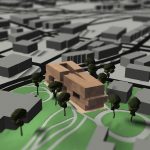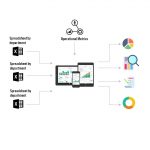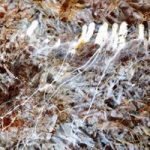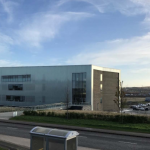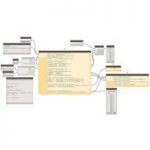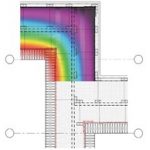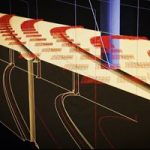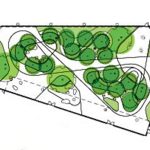
The past 30 years has produced growing documentation of the numerous health benefits of nature. While this has reduced the demand for “proof” of the value of green space in healthcare settings, there remains a critical need for research that focuses on the design elements that can best serve specific patient populations. In the United... Read more »

